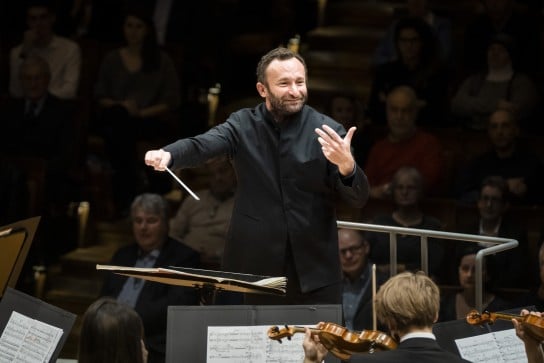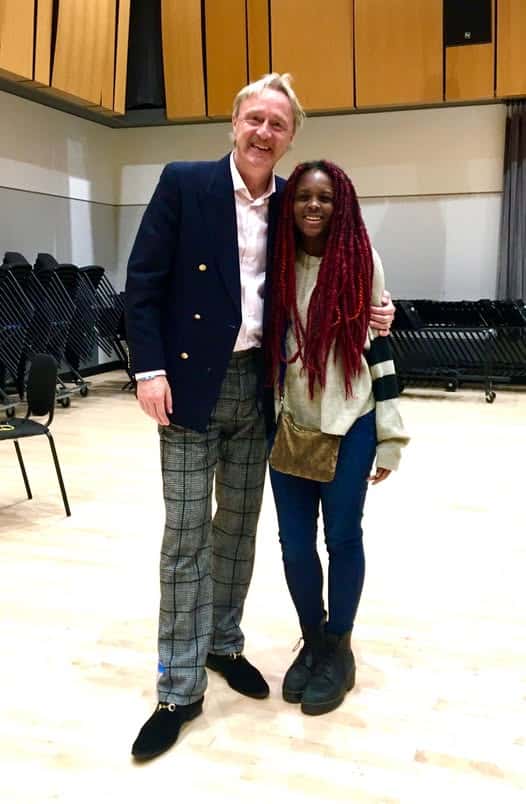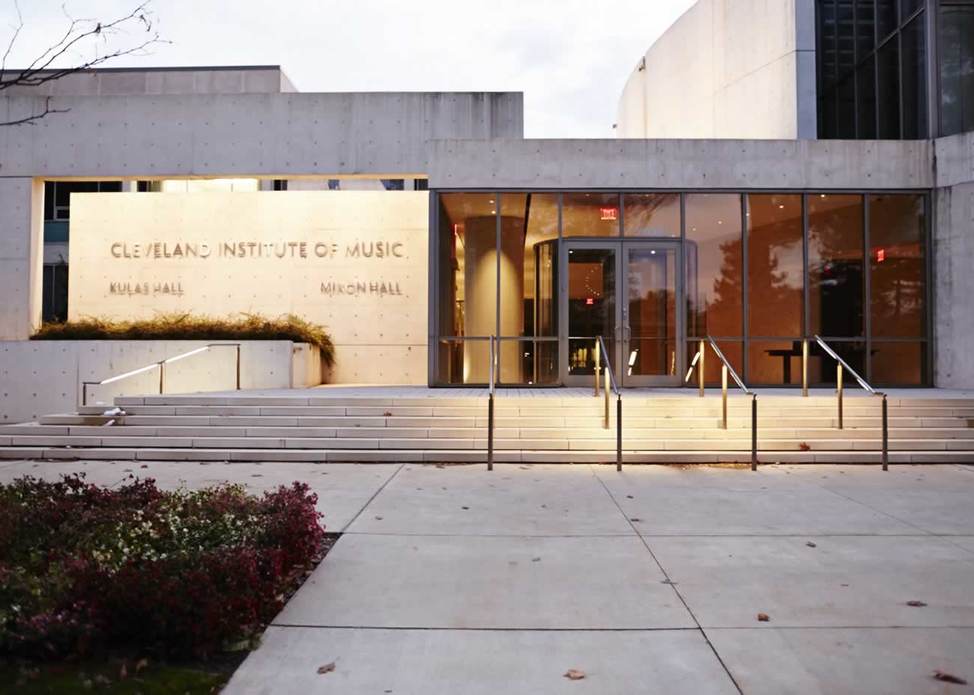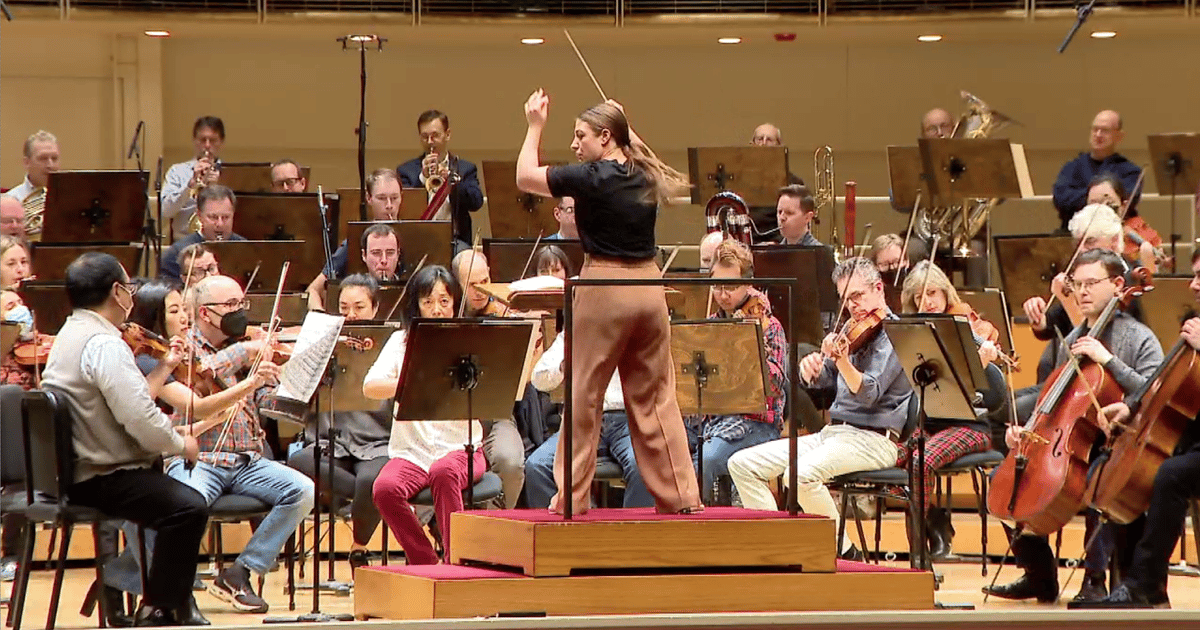Does your orchestra sound different after a year’s break?
mainFirst reports on the Israel Phil indicate that they have returned keener, leaner and with a cleaner sound … or maybe it’s the new conductor.
Is that an objective perception, or are audiences so desperate for live music that they are responding more positively than normal.
We are keen to hear how you perceive your returning orchestra.
Especially keen to hear from conductors and players.
Respond below, please.






I think his proper title is Music Director.
Hard to say for the moment as with the social distancing protocols, we are all much farther away from each other as usual (1 stand per string player, winds with plexiglasses blocking part of the sound etc.) and playing “as one” is much harder than previously. However – it is quite clear that this quite frustrating exercise is forcing us to listen even more attentively to each other.
But we will reap the benefits of this exercise! I suspect (and I’m not the only one) that once the distanciation protocols are gone, most orchestral string sections will achieve a more homogenous sound for example.
“keener, leaner and with a cleaner sound” aka the globalization and anonymity of orchestral sound.
Yes, A.L., like you, I suppose we must all prefer a less keen, fatter, and dirtier sound. Right?
For the orchestras who made online concerts like the RCO, the BPO or La Scala that changes nothing. The thing that change it’s us because we are no more used to go in concert halls
Most of orchestras sound a little rusty, which is perfectly normal in this situation.
If we take Maestro Abbado’s hint when he assumed conducting duties in London, Mozart, Mendelssohn, Haydn and other such composers do have a beneficial effect on an orchestra’s sound. With so many large ensembles reduced to the essentials, those in charge were forced to look into the “recesses” of the symphonic or chamber music milieu for programming alternatives: some sort of music-making was still possible within the strictures of social distancing.
Instrumentalists and conductors had to acquaint themselves with music they had vague knowledge of. It became necessary to learn how to perform cohesively in non-standard ensemble seating plans. The manner in which you listened to your peers while playing inescapably needed to be reassessed. Perhaps as in no other time in recent memory, the need arose for a more comprehensive understanding of the music being played. In some cases, true visual contact with the conductor became indispensable. (I fully understand why this last statement will be received by some with bitter mockery.)
The detailed work that most of the music played in this period required does have a demonstrable salutary effect on intonation, rhythm and ensemble: leaner, transparent textures make deficiencies in those essential areas of instrumental performance calamitously self-evident. No place to hide, you see…
In the days when Charles Dutoit was still seen as the man who turned the OSM into a world-class ensemble, I remember reading an interview where someone asked him how he’d done it. He said he’d done it by programming a Mozart or Haydn symphony at every possible opportunity, because in their music every flaw is exposed and you have to do everything well.
This was 30 years ago or more; I still wish more conductors would emulate this approach.
Well, I suppose it depends on what the musicians have done during the “sabbatical”.
Given how little practice an average orchestra musician did before Covid, I can only imagine how little they did with no goal ahead. I am a little terrified to hear my orchestra when we come back to work 🙂
I’m with you on that one OM! I’m yet to return to performance after c 1 year and I dread to think what we’re going to sound like. Fingers have been kept as nimble as possible but the brain has been crying out for ensemble playing. I did one small ensemble, socially distanced gig before full lockdown was reinstated and it was horrible although the audience loved it.
Otherwise I find little incentive for much practice without the end outlet. Sad but true.
I feel the same way, Orchestra musician. It’s been just over a year; my orchestra has started recording small-orchestra programs for streaming, but nothing with flutes yet. I’m a little anxious, in both a positive and a negative way, to find out what it’s going to be like. Will listening to my colleagues still be a reliable guide to what they’re doing, or will they be so far away that I can’t hear them well enough (or will the sound be late)? Do I still know how to play & listen at the same time? And so on.
They had a nutritionist and an athletic trainer whip the viola section into something manageable. Ask the bass trombone player for details…..
I have doubts that the question posed will generate meaningful answers about changes, if any, in post-Covid orchestral sound.
Assuming that an orchestra has in fact “returned,” did it do so at full strength, i.e., its usual number of pre-Covid players? That issue alone will affect its perceived sound.
Was the returned orchestra playing to a full house of concertgoers, or to a strictly limited number who were socially distanced? The number of sound-absorbing human bodies in a hall, and the number of seats and amount of resonating floor space left unoccupied will alone change its perceived sound, all other factors being equal.
Some, yes. Just like after a long summer break.
The Concertgebouw, LSO, etc, playing during Covid in empty halls (or different halls ie. St Luke’s LSO) sound so different on my reference system than when filled with people. I’m sure when the audience is back the inspiration and better acoustics will make for good sounds all around.
The only awful results I remember after a long break was poor Detroit after that horrendous winter strike. The first concert, New World, was terribly shaky, for obvious reasons. Leonard Slatkin conducted. Shortly after, through his guidance, the orchestra recovered its confidence, hired well, and is playing better than ever.
I predict the Met Orchestra will return sounding leaner ….from all of its 25 players.
As the concertmaster of the Israel Phil I can tell you that the orchestra is in fact sounding very good! It is a combination of great direction from Lahav Shani, and the thirst of all the musicians to make music and to perform again. Stay tuned for our recording of Strauss Bourgoeis Gentillome and Schreker Chamber Symphony with Ilan Volkov. Should come out sometime in April hopefully.
Can be, we hope it happens in Rotterdam too, before the covid he made this terrible Beethoven 7 recording and may be the inspiration suddenly comes.